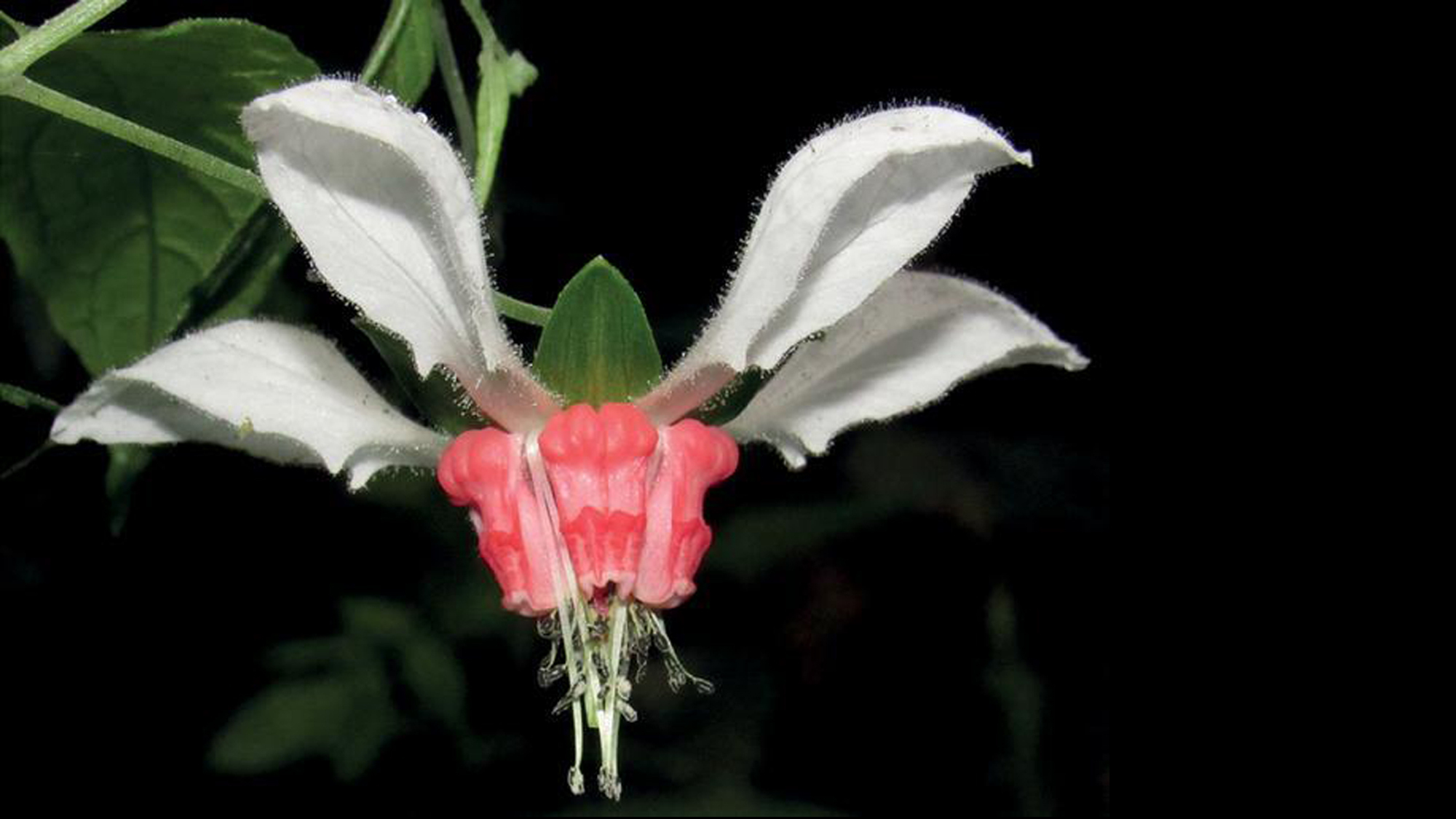

A Captain Planet-style team up of international botanists and amateur plant enthusiasts have rediscovered lost plants from the tropical Andes Mountains. The findings, published on July 25 in the open-access journal PhytoKeys, describe some plants that have been forgotten about for over a century.
[Related: After 50 years, botanists finally identified this Amazonian plant.]
The plants belong to a genus of plants from the Blazing Star family called Nasa. This genus is known for delicate leaves that can pack a mean sting, which makes them difficult for scientists to collect. Most of these plants are rare, highly endemic, and are only around for a short period of time, which also adds to the difficulty in adding them to a collection of samples preserved for long-term study called a herbarium collection.
Fortunately, global science networking and free data repositories have made it easier for botanists to share information, and they don’t have to rely on herbaria as their only source of material and clues. A citizen science platform called iNaturalist played a significant role in the rediscovery of these Andean plants.
A notable species named Nasa colanii had only been once recorded in 1978, until the team on this study came upon a photograph from 2019. This plant grows in a very inaccessible region in a cloud forest in the buffer zone of Peru’s Cordillera de Colán National Sanctuary, at an elevation of over 8,500 feet.
In 2022, iNaturalist users also confirmed the existence of another Nasa species called Nasa ferox that hadn’t been reported for roughly 130 years and did not get a scientific description until 2000. Only a small population of roughly 10 fertile plants of Nasa ferox has been found and these plants always grow in sheltered areas.
“Given the location of the park close to the [Ecuadorian] city of Cuenca, and the fact that the important road 582 goes through the park makes it particularly surprising that the species has not been reported in such a long time, even more so if we consider the numerous botanical expeditions that have been carried out in the general region,” the researchers wrote in the study.
Additionally, the team rediscovered a typical form of Nasa humboldtiana for the first time in 162 years. It was found in a conserved Andean forest in Chimborazo, Ecuador.
[Related: Two newly discovered Andes Mountain plant species have an appetite for insects.]
They also found species that had also been considered extinct in the wild. Nasa hastata and Nasa solaria, were believed to be extinct and listed as remained unknown or almost so in the wild. Photos of living Nasa hastata were taken by a sister of one of the authors and a few dozen Nasa solaria were also spotted using iNaturalist.
“All these discoveries serve as a reminder that even well-studied regions harbor diversity that can so easily remain overlooked and unexplored, and point to the role of botanists in documenting biodiversity which is an essential prerequisite for any conservation effort,” co-author and Leibniz Center for Agricultural Landscape Research botanist Tilo Henning said in a statement.
The team hopes that more of this crowd sourcing will lead to descriptions of more undescribed or “long lost” plants.
